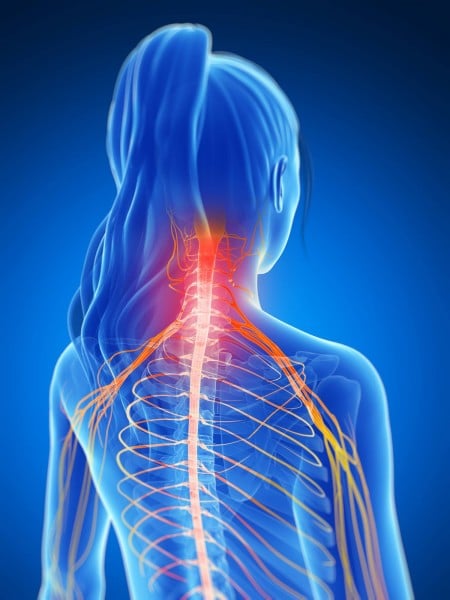Many people ask me about the best way to warm-up. I want focus on the warm-up from an injury prevention standpoint. I am defining the “warm up” as the specific time that you spend on the court or field “warming up” against your opponent. This time is critical in the prevention of injury but based on my experience, it is rarely used correctly.
First of all, I will explain what the warm-up should not be! It is not a time to perfect your strokes, techniques or to beat your opponent, it is a time to get your body ready for the vigorous activity that it is about to undertake and to prevent injuries. Nothing is more irritating than warming up against an opponent who insists on crushing the ball full force giving no opportunity to warm up your strokes and muscles.
Sports research shows that warm muscles are much less likely to be injured than cold muscles. As you start the warm-up, blood flow to the muscles increases, increasing their temperature and bringing in more oxygen. This allows the muscles to contract more efficiently and generate greater force. As you continue the warm-up, more and more muscle fibers are recruited and therefore less strain is put on each individual fiber. The warm-up also primes the cardiovascular system for activity.
If you are playing in cooler temperatures, or in the winter when you come onto the court or field, make sure that you keep your layers on, until you feel comfortably warm, this does help avoid injury.
When you start playing against your opponent, start slowly, and then as the muscles get warmer, move more at your usual pace and length. Feel that you are starting to groove on your performance and getting your brain into “play” mode. For example, when warming up the tennis serve, make sure that you start at half pace and gradually increase to warm up the shoulder joint. Again, this is not a time to perfect your slice serve, this is a time to get your blood flowing and warm-up your hand eye coordination.
In an ideal scenario, when you are certain of the time play will begin, the optimal way to warm-up is to do 5-10 minutes of gentle activity, such as light jogging or jumping rope, followed by a dynamic warm-up. The “dynamic warm-up” is a more recently researched way of warming up for sporting activities and has been shown to be highly effective in injury prevention. The dynamic warm-up is stretching with movement by using exercises such as lunges, arm swinging etc. The older, static stretching method, is now used more as part of the after play cool down. Current research shows static stretching that may reduce the amount of power muscles can generate.
So remember, that a well-performed warm-up is a great tool in the prevention of injury and is also a great way to maximize your performance potential!
Written by: Reshma Rathod, PT


